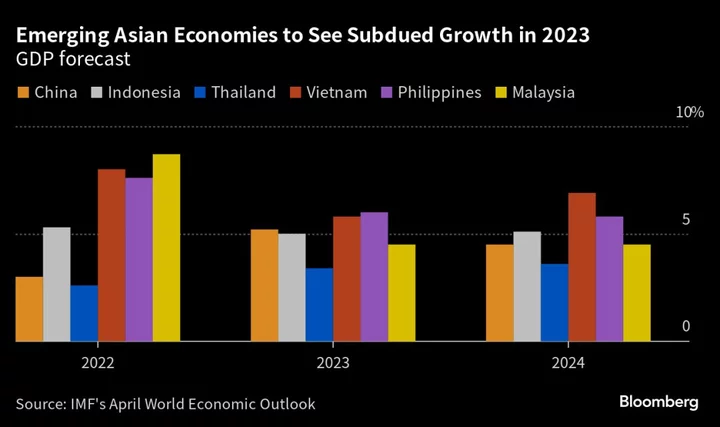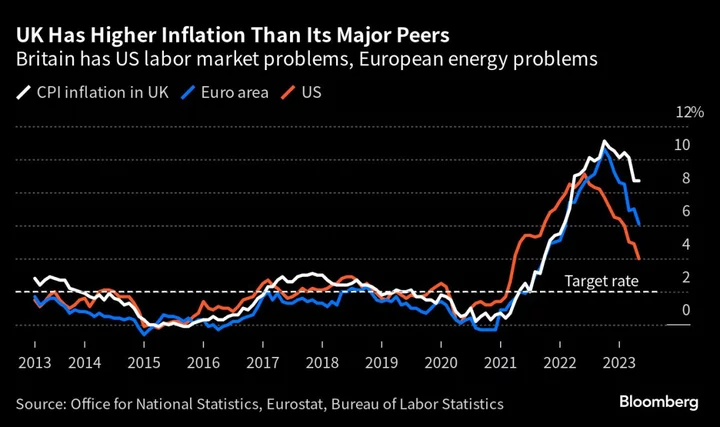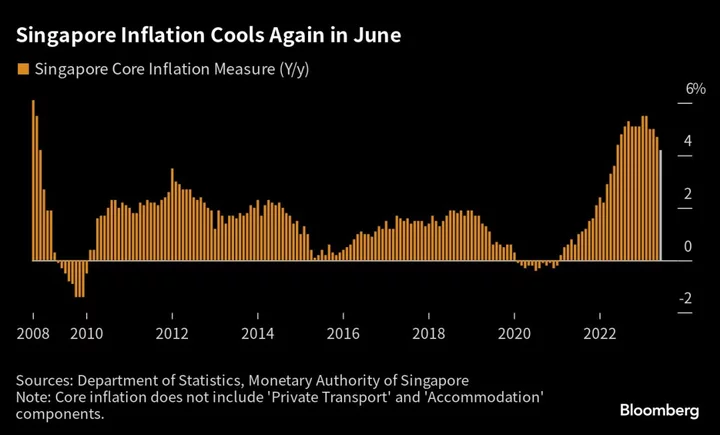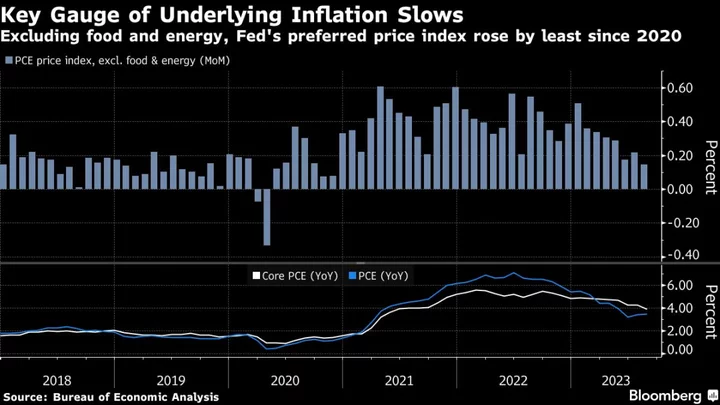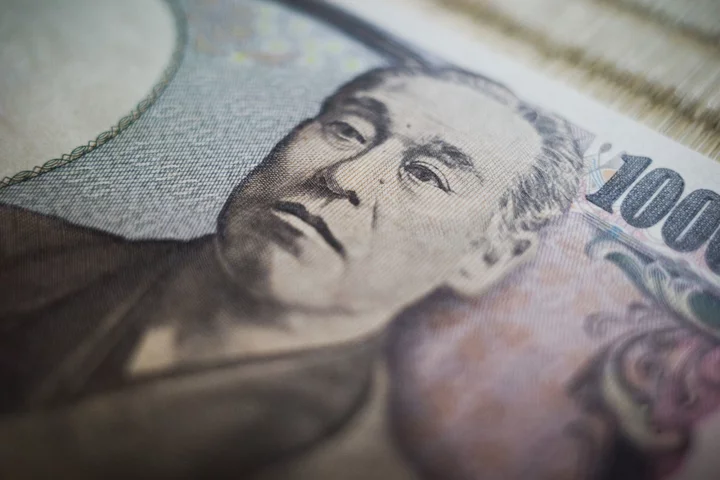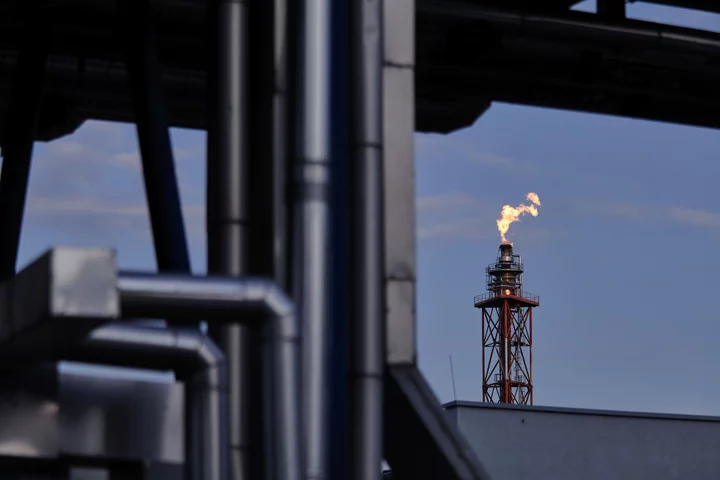Southeast Asian nations that were counting on Chinese travelers to drive tourism revenues and their economies post-Covid are finding the flow of visitors far from the flood they were hoping for.
China’s slower-than-expected economic recovery has left its population more hesitant to spend money heading abroad. The result: the number of Chinese arrivals in five Southeast Asian countries varied between 14% and 39% in May compared to the 2019 numbers, latest official data compiled by Bloomberg News show.
The visitor statistics suggest that Southeast Asia’s economic recovery this year will be muted, amid a dimming global growth outlook from tighter monetary policies and China’s faltering growth momentum.
Although Thailand, among the most tourism-reliant economies in the region, is benefitting from a rebound in post-pandemic travel demand, Chinese visitor arrivals are expected to miss the original official seven million target for 2023 by at least two million. Bali, one of the most popular holiday destinations that accounts for the bulk of Indonesia’s total foreign visitors, saw demand for luxury hotels drop in the January-May period amid a substantial decline in tourists from China, according to securities firm PT Bahana Sekuritas.
Even Singapore, which had credited the travel boom for ruling out a recession this year, has seen numbers disappoint. Chinese visitors during January to May totaled 310,901, compared to 1.55 million in the same period in 2019, according to data from the city-state’s tourism board.
Southeast Asia isn’t alone in hosting fewer Chinese visitors. Japan, too, is experiencing a lower turnout of Chinese travelers compared to pre-pandemic years. Still, the Asian nation is seeing a new group of shoppers that are replacing the once-dominant mainland spenders.
READ: China’s Covid Stance Created a $280 Billion Black Hole for Global Tourism
Retail giant Takashimaya said recently that non-Chinese tourists accounted for almost 70% of its total sales between March to May from tourists, compared with just 20% during pre-pandemic days.
That trend is a cue for Southeast Asian nations, including Malaysia, that went all out to woo Chinese travelers this year, to diversify their target markets and end their reliance on visitors from the world’s second-biggest economy.
Summer tour bookings by Chinese for Southeast Asian destinations do not have significant improvements from the first half of the year, said Qiu, a Guangzhou-based employee of GZTC International Tour Company, who asked to use only one name citing rules against speaking to the media.
Even the most popular destinations, such as Singapore and Malaysia, only saw about 30% of the pre-pandemic demand during the summer holiday, while others including Thailand were at 10%, he said.
A slower increase in flight capacity has also been a drag on tourism recovery. Flight capacity between China and the region is improving, but most routes are still well below pre-pandemic levels — with Singapore being the outlier, data from aviation analytics company Cirium shows.
Lack of tour groups also contributed to the slow pace of recovery, according to Bloomberg Intelligence’s Eric Zhu. In the first quarter of this year, only 1.6% of Chinese traveling in tour groups went overseas, down from 30% from the same period in 2019, data from the Ministry of Tourism and Culture showed.
However, countries and industry observers are optimistic that Chinese tourists will hit the road in the latter half of the year. While current figures are modest, Singapore looks forward to the continued growth in Chinese visitor arrivals, a spokesperson for its tourism board said.
“It is still early days yet since China’s reopening,” said Selena Ling, chief economist at Oversea-Chinese Banking Co. “I’m hopeful that the Chinese visitor numbers will improve into the second half of 2023.”
--With assistance from Danny Lee, Daniela Wei, Momoka Yokoyama, Ram Anand, Ravil Shirodkar, Yudith Ho, Suttinee Yuvejwattana, Nguyen Xuan Quynh, Kevin Varley, Grace Sihombing and Claire Jiao.

